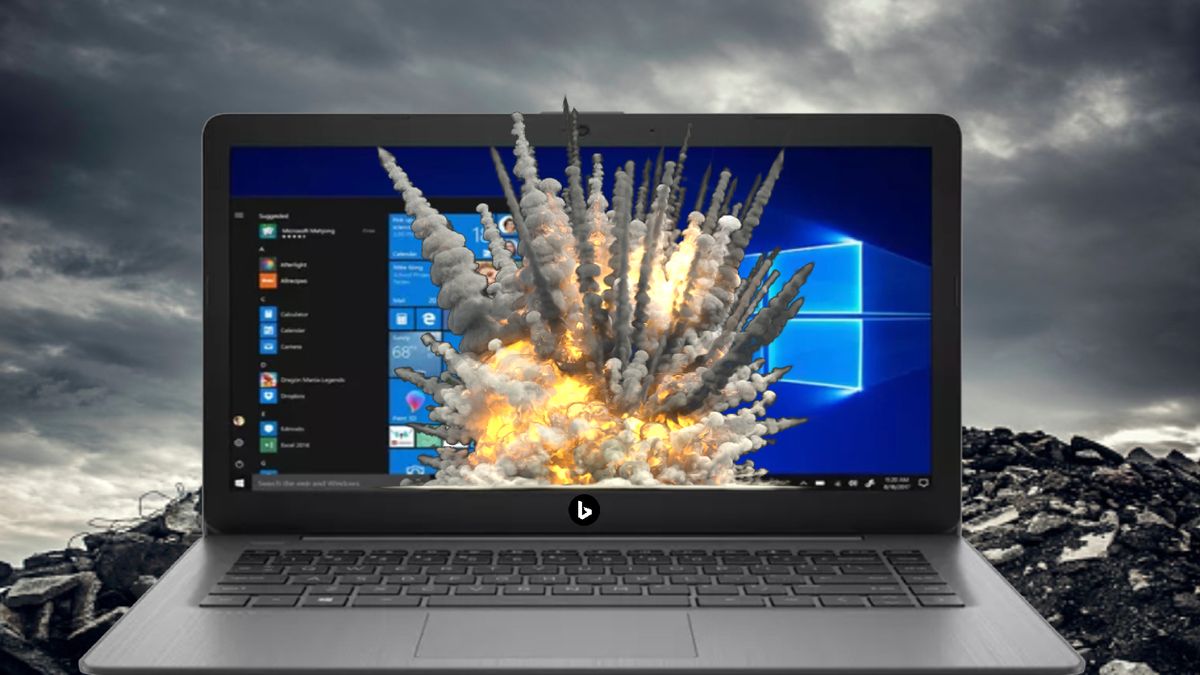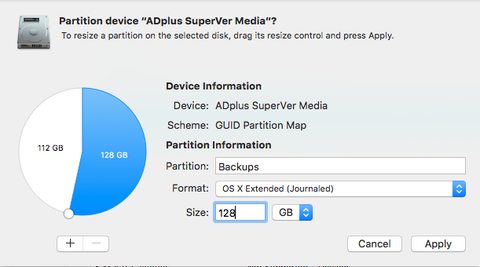


Windows responded cheerfully with a warning sound and displayed its. Other alternatives would be to look for third-party software for OS X which supports reading from and writing to NTFS disks, or third-party software for Windows which supports reading from and writing to journaled HFS+ (the default OS X filesystem) disks. I copied files from Mac to my favorite Samsung T5 portable drive and plugged it into the PC. As a workaround, you could format a flash drive to have exFAT, copy videos over 4 GB onto the flash drive, and then use your parents’ PC to copy the videos from the flash drive to their NTFS external disk.
Farmat hdd for windows using mac mac os x#
The exFAT filesystem is able to hold files over 4 GB, and it is supported by Mac OS X 10.6.5 and newer, but it’s optimized for flash drives it’s more “fragile” on hard disks than other filesystems are. I'd also like to eventually put old VHS family home movies on the hard drive as well. Note: If you already used your external hard drive on a PC, be sure to back up any files on it. (It’s unlikely that an individual photo file would be over 4 GB.) However, OS X doesn’t come out of the box with NTFS support. question: q: format hard drive for use on mac and windows I'm going to start working on scanning a lot of old family photos and getting them put on an external hard drive for my parents. Before you can access a new or formatted drive in your operating system, you need to initialize it first and then create a partition on the. The drives currently connected to your computer will be. While on Disk Utility, select the drive you want to partition. To search for it, press Command + Space on your keyboard to bring up Spotlight, then search for Disk Utility. The first step in partitioning a drive on a Mac is to open Disk Utility.
Farmat hdd for windows using mac how to#
If their version of Windows allows, the external disk which will hold those photos and videos should be formatted as NTFS from their PC, so that they can watch video files over 4 GB. How to Partition a Hard Drive on Mac Step 1: Open Disk Utility. Windows-running computers can read the files formatted to Mac OS X Extended. For many years, EFS been used to refer to Windows on-the-fly filesystem encryption (. If you’re not yet backing up your Mac’s internal hard disk, I’d recommend first that you purchase an external hard drive for yourself for exclusive use as a Time Machine backup destination that way, in case of a disk problem, you won’t permanently lose all of your scanned photos and imported movies.Ī 4 GB file limit does apply to FAT32 filesystems. To avoid formatting the wrong disk, firstly remove the USB drive from Mac. In Windows disk format utility, I see ExFAT as an option, not EFS. If your company switches between Windows and Mac computers often, keep an ExFat formatted disk available for quick file transfers.


 0 kommentar(er)
0 kommentar(er)
